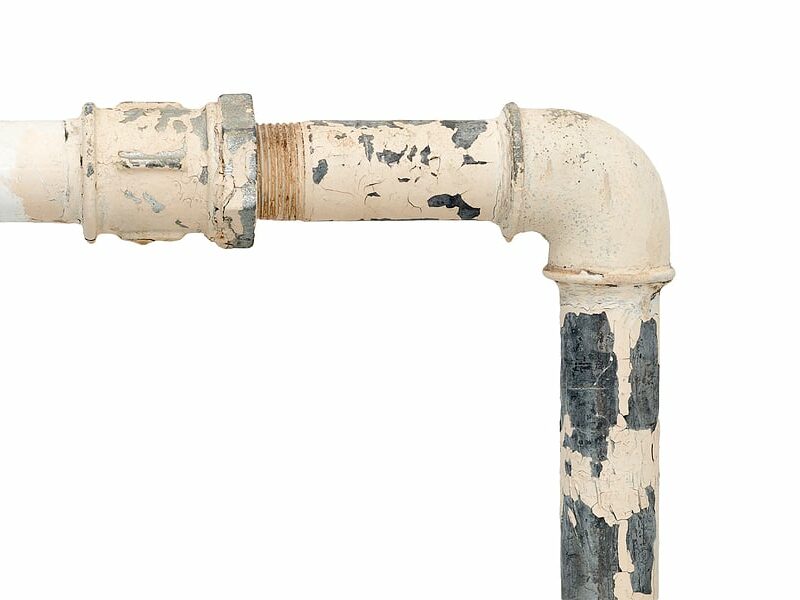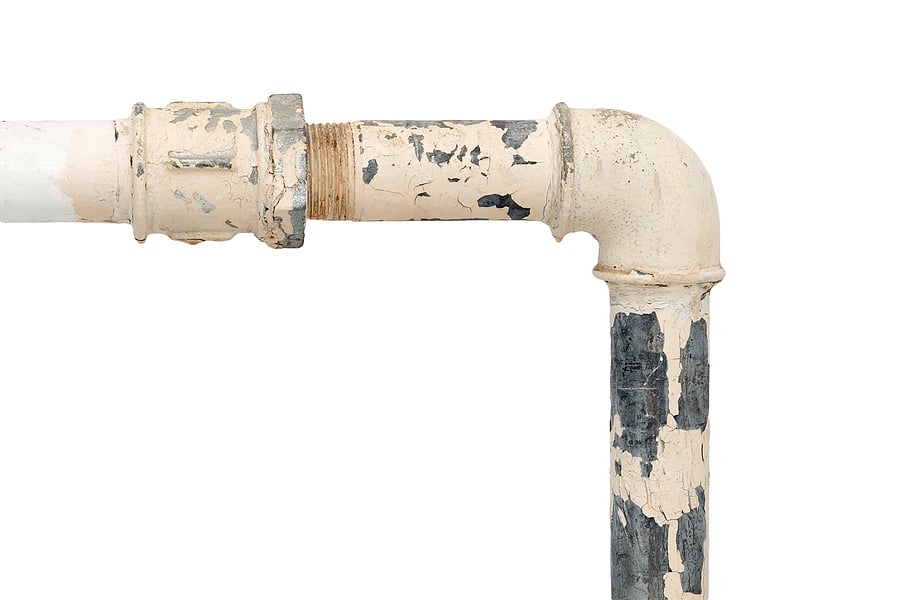What to do When You Drop Something Down the Drain
Coastal Drains cover East and West Sussex along the south coast of England.*If you would…
Read more24 hr Emergency Callout

Blog
Water mains in the UK are not made of lead – meaning that there is virtually no lead in the drinking water and water supply that comes from water treatment plants.
However, if your home was built before 1970, you may have a lead pipe feeding your property’s water supply; or lead pipework in your internal plumbing. If this is the case, small amounts of lead may dissolve into your water. If your house was built after the 70s, or had all of the pipework from the water company’s stopgap to the kitchen tap replaced since then, it is unlikely to have any lead pipework remaining – meaning the water will be lead-free.
According to the Department of Health, although there is virtually no risk of lead poisoning from the currently permitted maximum levels of lead in drinking water, it is recommended that you should try to further reduce the levels of lead in your water – especially if you are pregnant or have young children living on your property, as these people are most susceptible to lead poisoning.

If you know that your home was built before 1970 and has not since been modernised – there is a chance that your home may have lead pipes. A third of properties in the North West built before 1970 are believed to still have some lead plumbing consisting of the water supply pipe, and some of the pipes in your home.
In terms of who’s responsibility lead pipes on your property falls under, the communication pipe that starts at your water supplier’s mains, and runs to the outside stop valve on your property boundary, is the responsibility of your water supplier.
The pipes that fall under your responsibility consist of your internal pipework, and the supply pipe that starts at the outside stop valve and ends at the inside stop valve.
Below, we’ve compiled some simple ways to check if you have lead pipes, and what to do if you do.
If your neighbour’s house was also built before the 1970s and their pipework was modernised, it may be a good idea to ask if their home had lead pipes beforehand. When checking within your property, search in or behind kitchen cupboards, in the cellar, garage, or cupboard under the stairs, to find the pipe leading to the kitchen tap. To check if it is a lead pipe, look out for the following signs:
Opening the flat of the stop valve outside your property will reveal a pipe that leads from the valve to the house. Asking your water mains company, or one of our experts at Coastal Drains, may make this job easier for you as access can be difficult in some cases.
If you aren’t sure what material your pipe is made from when checking it yourself, here are some signs to look out for:
If you find that you do have lead pipes on your property – there is no cause for immediate alarm, as there are many ways to reduce the risks from lead to you and your household. This includes flushing out your pipes each day in the mornings to reduce lead levels.
To flush out your pipes, simply leave your cold kitchen tap running for two minutes before drinking or cooking with the water. This will clear any tap water that has been sitting in your lead pipework for a long period of time. Rather than simply flushing the water away down your kitchen sink, you can put it to good use by watering your plants or washing your car.
The most secure way to protect your household from lead water pipes is to get them replaced by a qualified professional, like our experts at Coastal Drains.
If you’re going down the route of replacing your lead pipes, getting in contact with your water mains company will ensure that any lead pipes that belong to them are collected and replaced free of charge. The following is the best route to take when aiming to replace any lead pipes on your property.
To check if you have any lead pipes on or outside your property, see the guide above for a detailed explanation.
To find out if you have a shared supply pipe on your property, getting in touch with Coastal Drains will help. Our experts can quickly and efficiently discover whether your water supply pipe is shared by your neighbours, or if it’s owned by just you. If we discover you have a shared pipe, there are two options:
In the event you need to lay a new pipe, you’ll have the responsibility of disconnecting your old branch pipe from the old connection. This will prevent a ‘dead leg’ that could contaminate your neighbour’s water supply with stagnant water. This may involve crossing into your neighbour’s property – so you’ll need to gain their permission prior to conducting any work.
Need to find out whether your supply pipe is shared or independent? Get in touch with Coastal Drains today.
If your home was built prior to 1966 the pipe that needs replacing may also provide the main electrical earthing – an essential safety measure for electric supplies. If this is the case, you’ll need to get in touch with a qualified electrician to review this on your behalf.
If you’ve decided to go ahead with replacing any lead pipes that are owned by your water supply company within the next three months, you’ll need to get in touch with them via a contact form on their website.
If you want to replace lead pipes on your property that does not fall under the jurisdiction of your water supply company, get in touch with our experts at Coastal Drains. We can help guide you through the entire process of what to do before we arrive, and complete the entire operation in an efficient cost-efficient way. If you would like a quote beforehand, we can provide no-obligation quotes on the job; with pricing based on information that you give us. Get in touch today.